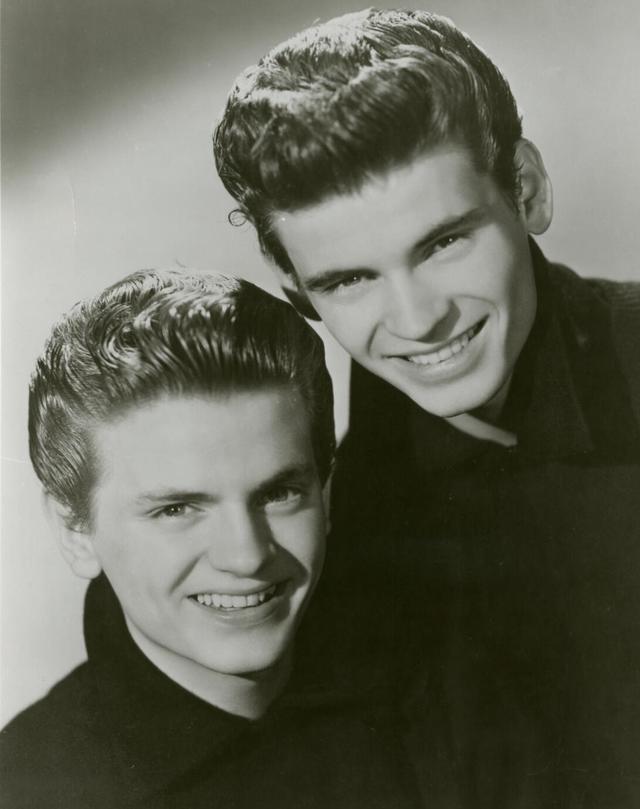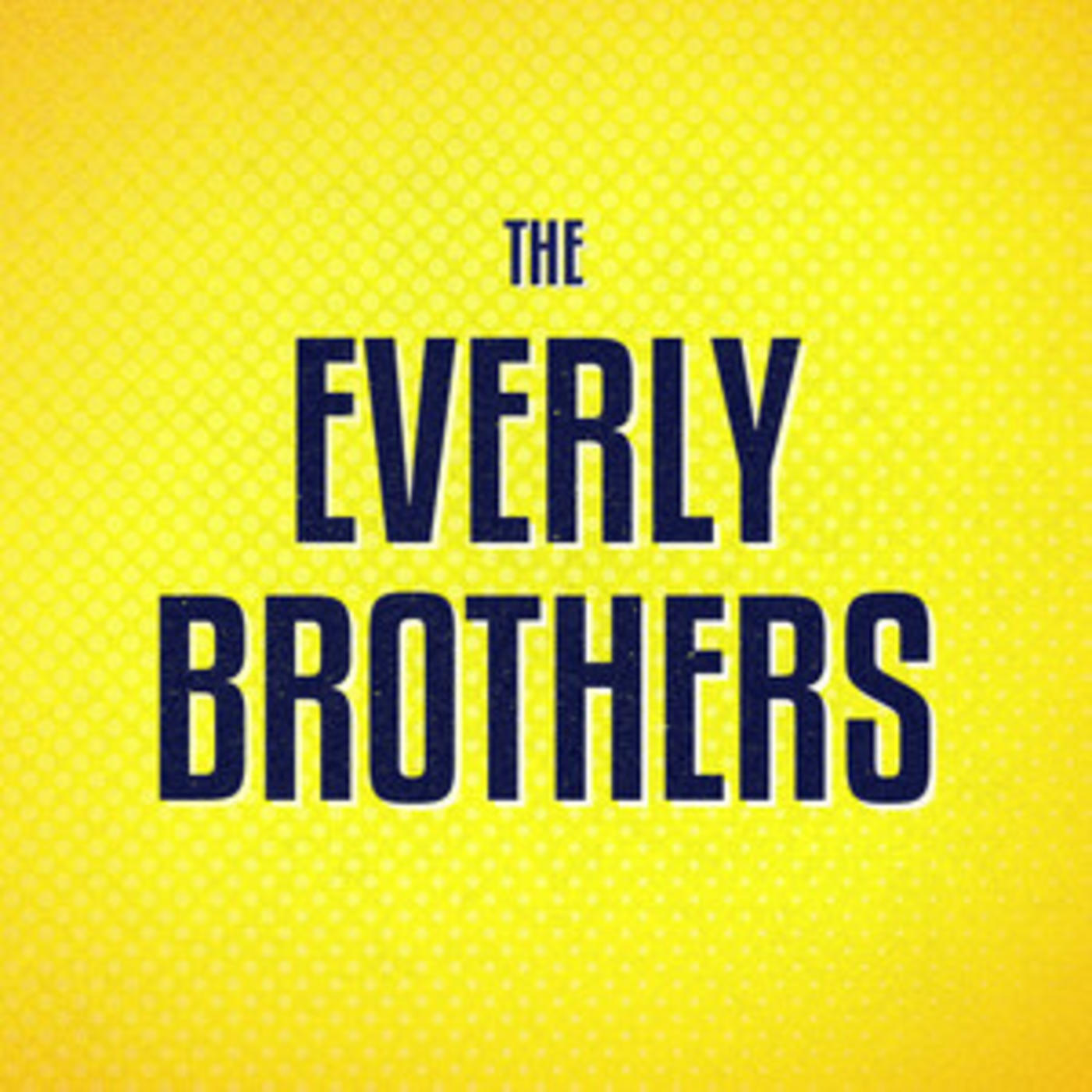May 1960: The Everly Brothers Hit #1 with CATHY'S CLOWN

Summer 1960: movie epic Ben-Hur starring Charleston Heston was the biggest attraction at the box office, the Kingston Trio's Sold Out was the hottest album in the country, and the Everly Brothers topped the Hot 100 for five weeks in a row with "Cathy's Clown.
The inventive song famous for opening on the chorus and boasting bridges but no verses was the prolific duo's first single for the then-fledgling Warner Bros. Records after years of success on the Cadence label. So successful, in fact, that Cadence could no longer afford the young hit-makers.
The song's unorthodox structure was influenced by classical music. Ferde Grofe's "Grand Canyon Suite," to be exact. Don Everly broke down the inspiration during a 1982 interview with the Radio Times: "There's a little marching section which was used for a Philip Morris commercial on the radio at the time and I was very taken by it. The lyric came from stories our father (Ike Everly) used to tell us about a kid who would taunt him coming home from school by saying 'Mary had a little Ike.'"
Released as a single in April 1960, "Cathy's Clown" was an immediate hit for the Everly Brothers, cruising up the charts to peak at #1 on the Hot 100 for the week of May 23, 1960. The song remained in the top spot for five weeks straight, finally falling to Connie Stevens' "Everybody's Somebody's Fool" for the week of June 27, 1960.
The song was a hit around the world; when it hit #1 in England that summer for seven weeks in a row, "Cathy's Clown" became the first track to top the singles charts in the UK and America simultaneously. The song also has the distinction of being the first Warner Bros. Records single released in England, with a catalog number of WB-1.
In 2013, "Cathy's Clown" was added to the Library of Congress National Song Registry.
FUN FACT: "Cathy's Clown" was a pioneering track in regards to studio trickery. Engineer Bill Porter utilized a tape loop to create the effect of two drummers playing at once. Also, brothers Don and Phil Everly sang the vocals for the track through the same microphone in just one take.

